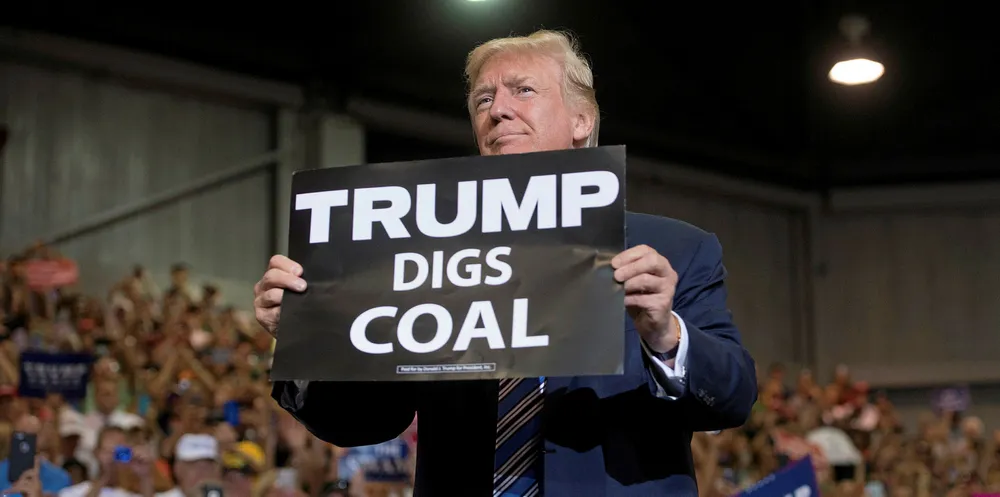Second Trump term would kill chances of world keeping climate change to 2°C, say scientists
Four more years of climate inaction by a US administration would make it almost impossible for world to meet Paris Agreement targets, study reveals

Four more years of climate inaction by a US administration would make it almost impossible for world to meet Paris Agreement targets, study reveals
